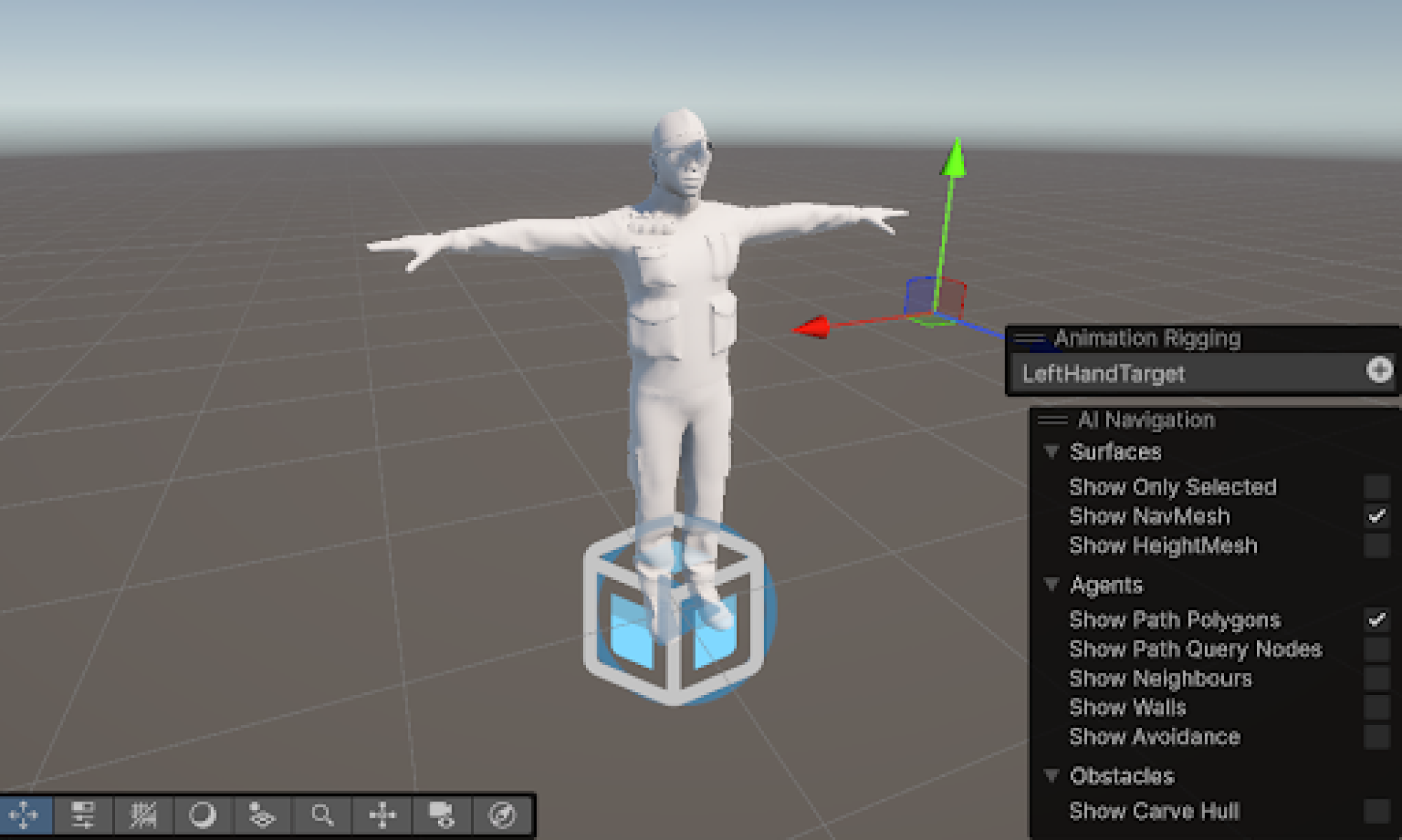This week I was deeply involved in collaborative efforts with Rex and Akul to enhance and streamline our real-time rendering and feedback system. Our primary goal was to integrate various components smoothly, but we encountered several significant challenges along the way.
As we attempted to incorporate Akul’s comparison algorithm with the Procrustes analysis into Rex’s real-time pipeline, we discovered multiple compatibility issues. The most pressing problem involved inconsistent JSON formatting across our different modules, which prevented seamless data exchange and processing. These inconsistencies were causing failures at critical integration points and slowing down our development progress.
To address these issues, I developed a comprehensive Python reader class that standardizes how we access and interpret 3D landmark data. This new utility provides a consistent interface for extracting, parsing, and manipulating the spatial data that flows through our various subsystems. The reader class abstracts away the underlying format complexities, offering simple, intuitive methods that all team members can use regardless of which module they’re working on.
This standardization effort has significantly improved our cross-module compatibility, making it much easier for our individual components to communicate effectively. The shared data access pattern has eliminated many of the integration errors we were experiencing and reduced the time spent debugging format-related issues.
Additionally, I worked closely with Akul to troubleshoot various problems he encountered while trying to adapt his comparison algorithm for real-time operation. This involved identifying bottlenecks in the video processing pipeline, diagnosing frame synchronization issues, and helping optimize certain computational steps to maintain acceptable performance under real-time constraints.
By the end of the week, we made substantial progress toward a more unified system architecture with better interoperability between our specialized components. The standardized data access approach has set us up for more efficient collaboration and faster integration of future features.
